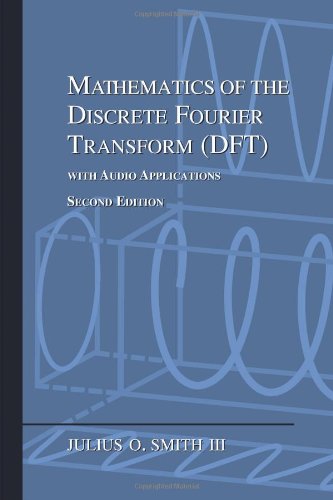Zero Padding
Zero padding consists of extending a signal (or spectrum)
with zeros. It maps a length ![]() signal to a length
signal to a length ![]() signal, but
signal, but
![]() need not divide
need not divide ![]() .
.
Definition:
where
Figure 7.7 illustrates zero padding from length ![]() out to length
out to length
![]() . Note that
. Note that ![]() and
and ![]() could be replaced by
could be replaced by ![]() and
and ![]() in the
figure caption.
in the
figure caption.
![\includegraphics[width=\twidth]{eps/zpad}](http://www.dsprelated.com/josimages_new/mdft/img1232.png) |
Note that we have unified the time-domain and frequency-domain
definitions of zero-padding by interpreting the original time axis
![]() as indexing positive-time samples from 0 to
as indexing positive-time samples from 0 to
![]() (for
(for ![]() even), and negative times in the interval
even), and negative times in the interval
![]() .7.8 Furthermore, we require
.7.8 Furthermore, we require
![]() when
when ![]() is even, while odd
is even, while odd ![]() requires no such
restriction. In practice, we often prefer to interpret time-domain
samples as extending from 0 to
requires no such
restriction. In practice, we often prefer to interpret time-domain
samples as extending from 0 to ![]() , i.e., with no negative-time
samples. For this case, we define ``causal zero padding'' as
described below.
, i.e., with no negative-time
samples. For this case, we define ``causal zero padding'' as
described below.
Next Section:
Causal (Periodic) Signals
Previous Section:
Stretch Operator








![$\displaystyle \hbox{\sc ZeroPad}_{M,m}(x) \isdef \left\{\begin{array}{ll} x(m),...
...ert m\vert < N/2 \\ [5pt] 0, & \mbox{otherwise} \\ \end{array} \right. \protect$](http://www.dsprelated.com/josimages_new/mdft/img1223.png)











